Who are PIT payers in Vietnam?
Who are PIT payers in Vietnam?
Under Article 2 of the PIT Law 2007:
- PITpayers include residents who earn taxable incomes specified in Article 3 of PIT Law 2007 inside and outside the Vietnamese territory and non-residents who earn taxable incomes specified in Article 3 of PIT Law 2007 inside the Vietnamese territory.
- Resident means a person who satisfies one of the following conditions:
+ Being present in Vietnam for 183 days or more in a calendar year or 12 consecutive months counting from the first date of their presence in Vietnam;
+ Having a place of habitual residence in Vietnam, which is a registered place of permanent residence or a rented house for dwelling in Vietnam under a term rent contract.
- Non-resident means a person who does not satisfy any of the conditions specified in Clause 2 of Article 2, PIT Law 2007.

Who are PIT payers in Vietnam?
What does income subject to PIT in Vietnam include?
According to Article 3 of the Personal Income Tax Law 2007, amended by Clause 2, Article 2 of the 2014 Law on Amendments to Various Tax Laws, Clause 1, Article 1 of the Law on Amendments to Personal Income Tax Law 2012, taxable personal income includes the following income, excluding tax-exempt income specified in Article 4 of the Personal Income Tax Law 2007:
(1) Incomes from business activities, including:
- Incomes from goods production or trading or service provision;
- Incomes from independent professional activities of individuals possessing practice licenses or certificates in accordance with law.
(2) Incomes from salaries and wages, including:
- Salaries, wages and amounts of similar nature;
- Allowances, subsidies, except for amounts: Those paid under legal provisions on preferential treatment of persons with meritorious services; defense or security allowances; hazard or danger allowances for persons working in branches, occupations or jobs at places where exist hazardous or dangerous elements; allowances for attraction of laborers to work in certain branches or in certain regions specified by law; allowances for sudden difficulties, allowances for laborers having labor accident or suffering from occupational disease, lump-sum maternity or child adoption allowances; allowances for working capacity loss, lump-sum retirement allowances, monthly survivorship allowances and other allowances as prescribed by law on social insurance; , severance and job-loss allowances specified in the Labor Code; subsidies of social relief nature and other allowances, subsidies without nature of salaries, wages as prescribed by the Government.
(3) Incomes from capital investment, including:
- Interests;
- Dividends;
- Incomes from capital investment in other forms, except for government bond interests.
(4) Incomes from capital transfer, including:
- Incomes from transfer of capital holdings in economic organizations;
- Incomes from transfer of securities;
- Incomes from transfer of capital in other forms.
(5) Incomes from transfer of real estate, including:
- Incomes from transfer of rights to use land and assets attached to land;
- Incomes from transfer of right to own or use residential houses;
- Incomes from transfer of right to lease land or water surface;
- Other incomes earned from transfer of real estate under any form.
(6) Incomes from won prizes, including:
- Lottery winnings;
- Sales promotion winnings;
- Betting or casino winnings;
- Winnings in prized games and contests and other forms of winning.
(7) Incomes from copyright, including:
- Incomes from assignment or licensing of intellectual property objects;
b/- Incomes from technology transfer.
(8) Incomes from commercial franchising.
(9) Incomes from inheritances that are securities, capital holdings in economic organizations or business establishments, real estate and other assets subject to ownership or use registration.
(10) Incomes from gifts that are securities, capital holdings in economic organizations or business establishments, real estate and other assets subject to ownership or use registration.
When is the time to determine income subject to PIT in Vietnam?
According to Article 32 of the Personal Income Tax Law 2007, the time to determine taxable income is stipulated as follows:
- Time of determination of taxable income with respect to incomes specified in Article 25 of Personal Income Tax Law 2007 is the time when a non-resident earns an income or a goods sale or service provision invoice is issued.
- Time of determination of taxable income with respect to incomes specified in Articles 26, 27, 30 and 31 of Personal Income Tax Law 2007 is the time when an organization or individual in Vietnam pays an income to a non-resident or when a non-resident receives an income from an overseas organization or individual.
- Time of determination of taxable income with respect to incomes specified in Articles 28 and 29 of Personal Income Tax Law 2007 is the time when a transfer contract becomes effective.
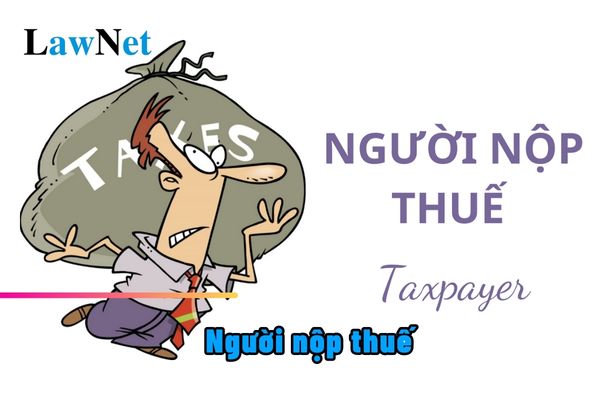
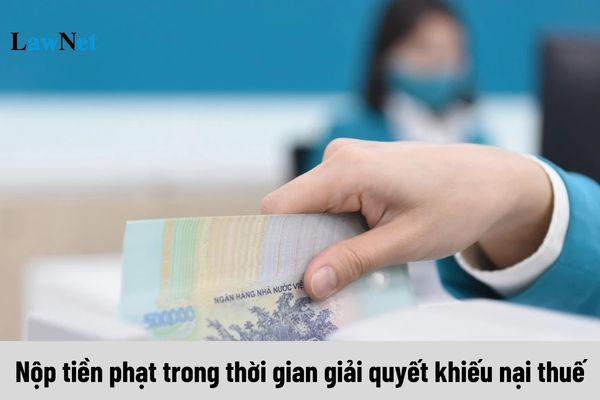
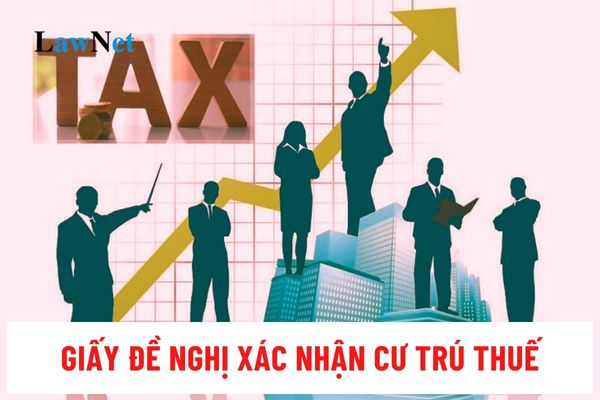

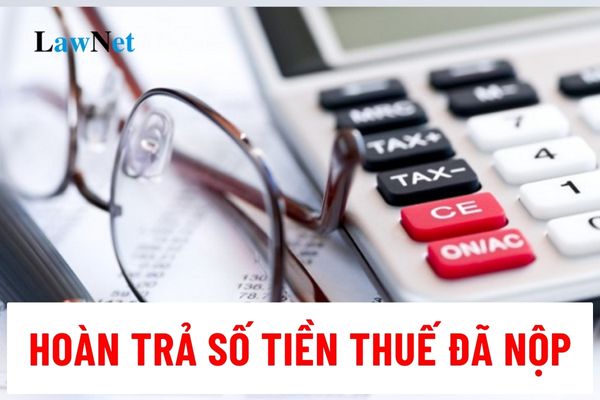
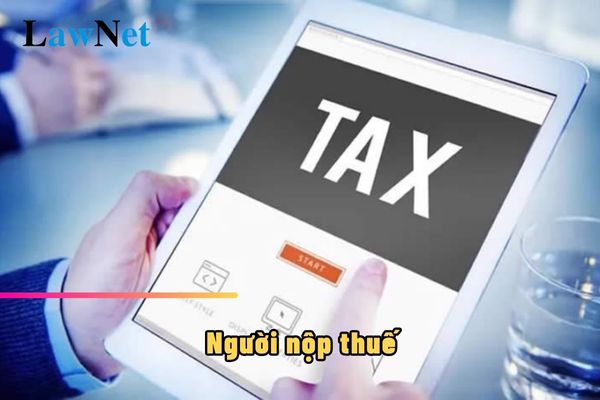
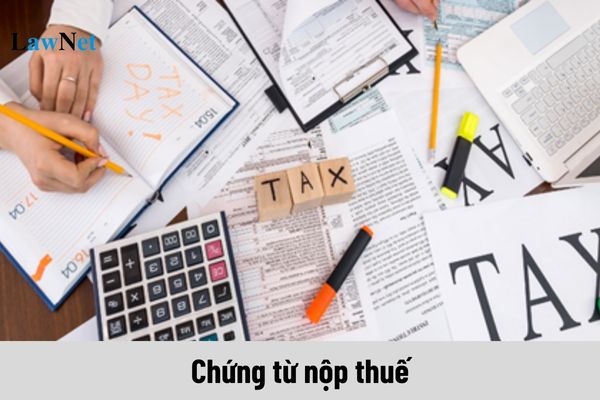

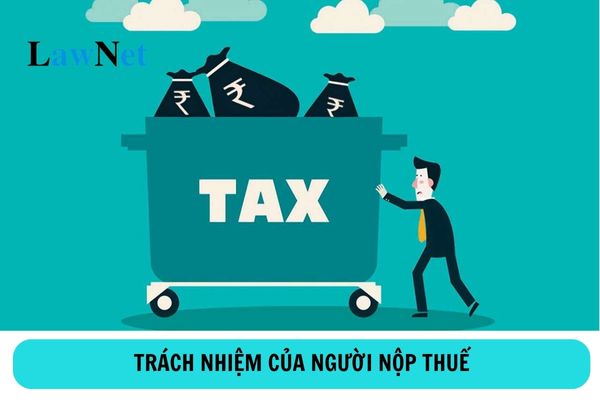
- How to handle the case where there is a conflict of interest of office holders in taxation in Vietnam?
- What are cases of conflict of interest of office holders in taxationation in Vietnam?
- What is the classification of digital certificates in taxation in Vietnam?
- What is the import and export tariff schedule of Vietnam in 2024? Which goods are subject to export duties?
- What is the Form for corporate income tax for real estate transfer in Vietnam according to Circular 80?
- Vietnam: What does the supplementary personal income tax declaration dossier include?
- What are the educational requirements for tax agent employees in Vietnam?
- Shall the tax for use of collateral pending settlement be declared quarterly or monthly in Vietnam?
- Which income of a Vietnamese non-resident is subject to personal income tax?
- What is the Form for declaring a 20% reduction in the VAT rate in Vietnam according to Decree 72?

